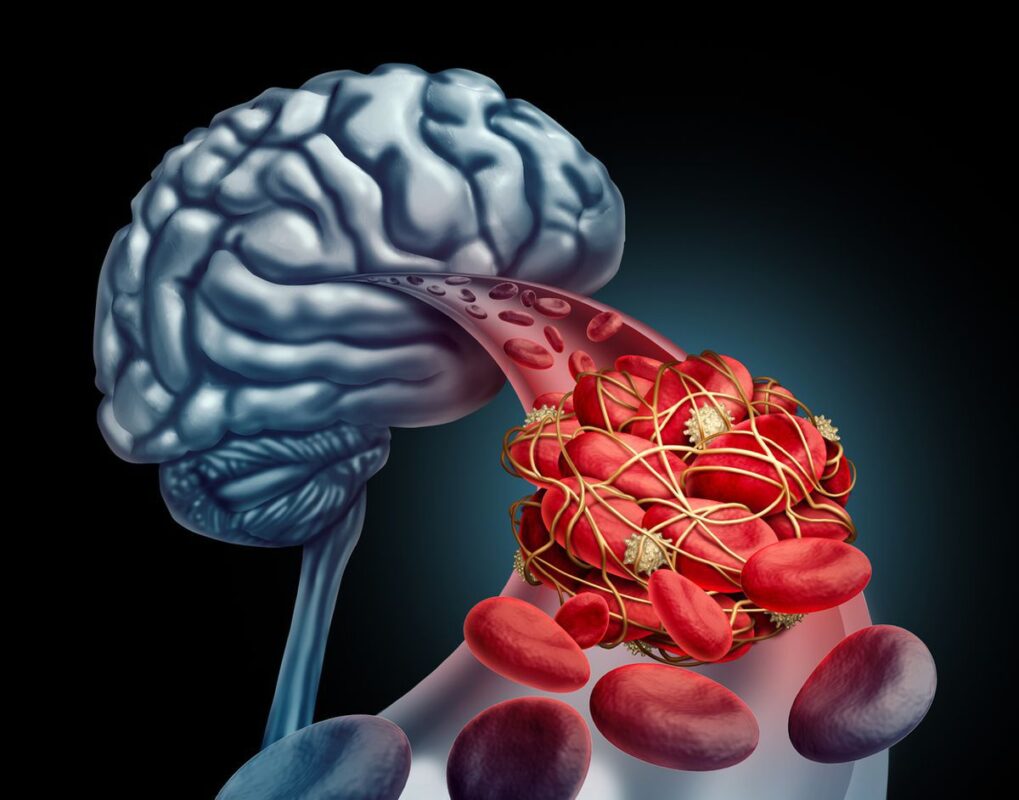Uncategorized
Breaking down the blood-brain barrier: strategies and applications

The blood-brain barrier (BBB) is a highly selective and protective barrier that separates the circulating blood from the brain’s delicate neural tissue. While the BBB plays a crucial role in maintaining brain health, it also presents a significant challenge for drug delivery to the central nervous system (CNS). Breaking down the BBB has emerged as a promising strategy to overcome this challenge and facilitate the delivery of therapeutic agents to the brain. This article explores various strategies employed to breach the BBB, their applications, and the potential impact on neurological treatments.
Understanding the blood-brain barrier
The BBB consists of specialized endothelial cells lining the blood vessels in the brain, tightly joined together by tight junctions. This barrier restricts the passage of most substances, including drugs, from entering the brain, thereby protecting it from potential toxins and maintaining homeostasis. However, this selective nature of the BBB also limits the effectiveness of many therapeutic agents that could potentially treat neurological disorders.
Strategies to break down the BBB
- Drug modification: Modifying drugs to enhance their ability to cross the BBB is a common strategy. This can be achieved by altering the physicochemical properties of the drug, such as reducing its molecular weight, increasing lipophilicity, or adding specific functional groups that facilitate transport across the BBB.
- Temporary disruption: Various techniques can temporarily disrupt the BBB to allow drug penetration. These include hyperosmolar solutions, focused ultrasound, and pharmacological agents like bradykinin analogs. These methods create transient openings in the BBB, enabling drugs to pass through before the barrier reseals.
- Carrier-mediated transport: Utilizing specific carrier systems can facilitate the transport of drugs across the BBB. Drug molecules can be conjugated or encapsulated within carriers, such as nanoparticles or liposomes, which have affinity for receptors or transporters present on the BBB endothelial cells. This approach enhances drug delivery to the brain while minimizing exposure to other tissues.
- Trojan horse approach: In this approach, large drug molecules or therapeutic agents are coupled with smaller molecules that can cross the BBB easily. Once inside the brain, these smaller molecules detach from the larger ones, releasing the therapeutic payload. This method exploits endogenous transport systems and receptors on the BBB to facilitate drug entry.
Applications of BBB breakdown
- Neurological disorders: BBB breakdown strategies hold great potential for the treatment of various neurological disorders, including brain tumors, neurodegenerative diseases (such as Alzheimer’s and Parkinson’s), epilepsy, and stroke. By enabling the delivery of therapeutic agents directly to the brain, these strategies enhance treatment efficacy and may slow or halt disease progression.
- Drug addiction: The BBB can impede the delivery of medications for the treatment of drug addiction, such as opioid or cocaine dependence. Breaking down the BBB allows for targeted delivery of anti-addiction drugs to specific brain regions involved in addictive behaviors, potentially improving treatment outcomes.
- Brain imaging and diagnostics: BBB disruption techniques can also facilitate the delivery of imaging agents and diagnostic markers to the brain. This enables better visualization of brain tumors, identification of areas of neuroinflammation, and assessment of treatment response in real-time.
Challenges and future directions
While the strategies to breach the BBB show promise, several challenges remain. Ensuring the safety and specificity of BBB disruption techniques, optimizing drug delivery systems, and understanding the long-term effects on brain health are essential areas of further research. Additionally, personalized medicine approaches that consider individual variability in BBB permeability and drug response will be crucial for successful treatment outcomes.
Breaking down the blood-brain barrier represents a significant breakthrough in neuroscience and drug delivery. By overcoming the limitations posed by the BBB, researchers are paving the way for innovative treatments for various neurological disorders. As our understanding of the BBB and drug delivery systems continues to advance, the potential to develop targeted therapies for brain diseases and enhance patient outcomes becomes increasingly promising.


